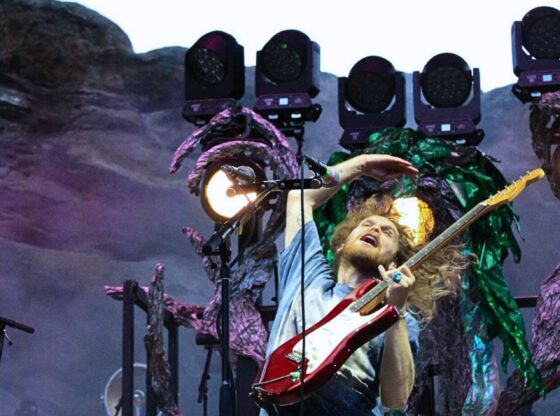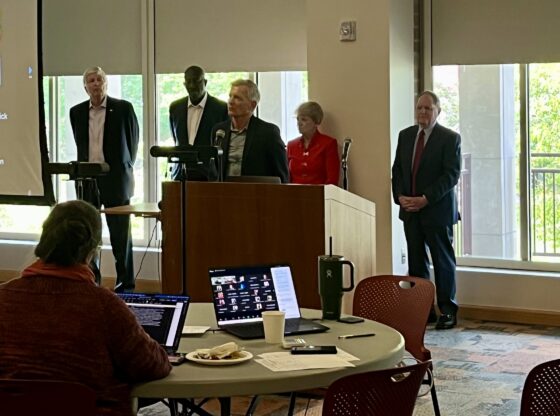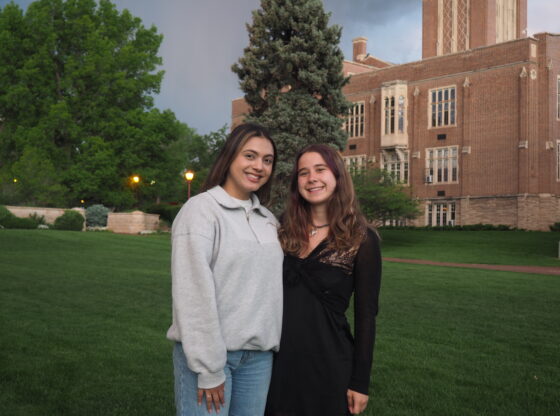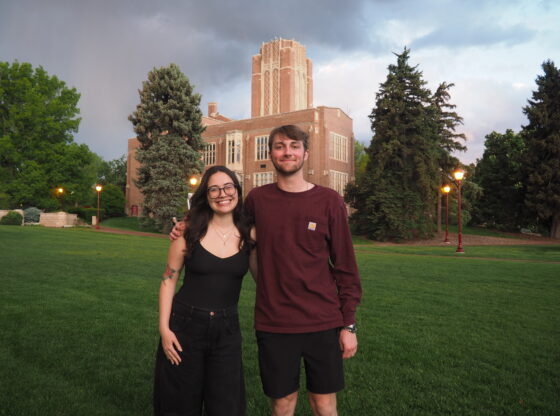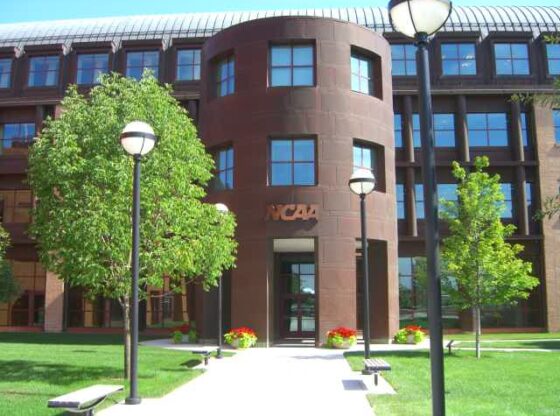Ever felt like a tall glass of cold blueberry beer? Or maybe some blueberry wine?
Well, you won’t get either one at the newest anthropology exhibit, “Fields of Blue.” But you will learn a whole lot about blueberries.
Allison M. Ouellet is sharing her experiences as a blueberry raker that began when she was 12.
The exhibit consists of audio and visual depictions of blueberry rakers and the history of raking. The blueberry rakes and the history of these rakes are on display, as are blueberry crates and boxes and foods made from blueberries.
The exhibit opens with a general explanation of the industry in the United States. Maine is the largest producer of blueberries with 60,000 acres of blueberry farmland. It is here that many blueberry rakers work.
Workers begin their day raking blueberries at 4 a.m. They are typically paid $2.25 a box, which averages out to be around $2,500 per season.
Rakers take pride in their work and consider it a fine skill, said Ouellet.
“You can’t just take anybody off the street and rake blueberries because it’s very difficult for them,” reads a plaque ascribed to Jessie L., a blueberry raker. “I’d give them credit just for being here.”
As the exhibit explores the long days of the rakers, it also documents the employment problems that many rakers face due to the introduction of mechanical rakes.
This exhibit joins others that have been shown at the University of Denver in an effort to cover a range of anthropological topics, and expose students and visitors to lifestyles different than their own. Previous exhibits have been centered around such varied topics as Native American basket-weaving and Japanese-American internment camps during the World War II.
“Fields of Blue” is sponsored by the DU Anthropology Department in their museum in Sturm Hall 102. The exhibit is open from 9 a.m. to 4 p.m., runs until March 11 and is free. For more information, call x12543.


